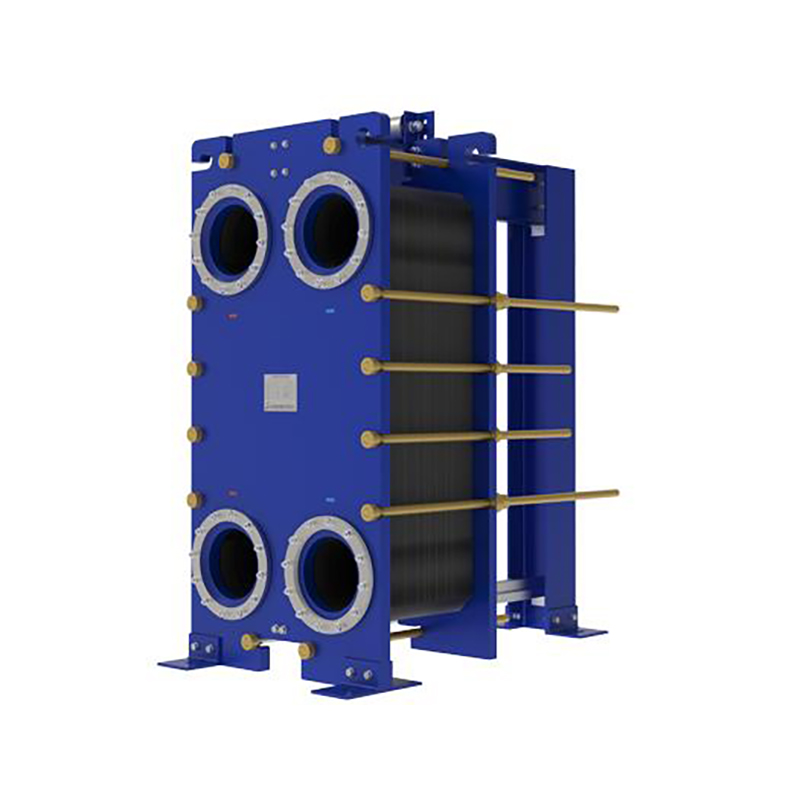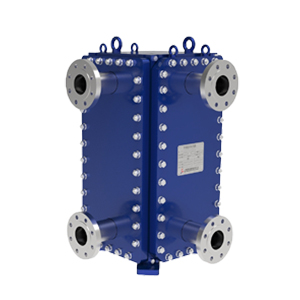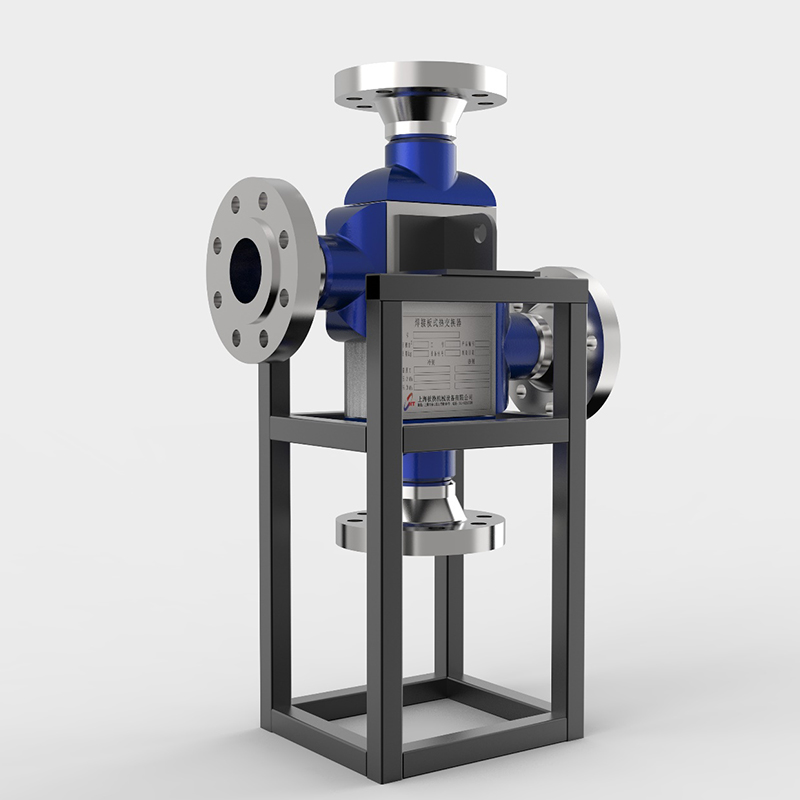5 key roles of plate heat exchanger gaskets.
Plate heat exchanger gaskets perform 5 key roles: ...
More
A standard heat exchanger is a pre-engineered, off-the-shelf device designed to transfer thermal energy between two or more fluids without mixing them. These fluids are typically separated by a solid wall to prevent direct contact. As a fundamental component in countless industrial processes, standard heat exchangers are manufactured in common configurations like shell and tube, plate and frame, and air-cooled designs. They are built to standard dimensions, pressure ratings (often adhering to ASME Section VIII standards), and material specifications (such as carbon steel, stainless steel 304/316, or admiralty brass for tubes), allowing for immediate availability and cost-effective procurement compared to fully custom units. Their primary function is to either heat a process fluid by recovering waste heat or to cool it using a utility like cooling tower water or ambient air, making them indispensable for basic thermal management tasks across a wide spectrum of industries including HVAC, chemical processing, power generation, and manufacturing. They represent the workhorse of thermal transfer, offering a balance of performance, durability, and affordability for a vast array of common applications.
The operational principle of a standard shell and tube heat exchanger, one of the most prevalent types, involves one fluid flowing through a series of tubes (the tube side) while another fluid flows over these tubes within a larger shell (the shell side). Heat is transferred through the tube walls from the hotter fluid to the cooler one. These units are characterized by standardized tube counts, lengths, and diameters, as well as shell sizes. For instance, a common TEMA (Tubular Exchanger Manufacturers Association) Class R design for severe service might have a shell diameter ranging from 12 inches to over 60 inches, with tubes often being ¾ or 1 inch in diameter. Plate heat exchangers, another standard category, consist of a pack of corrugated metal plates with gaskets to contain the fluids and direct flow into alternating channels. Their standard design is defined by the plate pattern (like chevron angle), port sizes, and the number of plates, which directly determines the heat transfer surface area, a key performance metric measured in square meters or square feet. The efficiency of these units is quantified by their overall heat transfer coefficient (U-value), which for a shell and tube exchanger with water on both sides can range from 800 to 1500 W/m²°C, while a plate exchanger can achieve a much higher U-value of 3000 to 7000 W/m²°C for the same fluids due to the turbulent flow induced by the plates. This makes standard plate exchangers remarkably compact and efficient for liquid-to-liquid duties.
The most significant advantage of standard heat exchangers is their dramatically lower cost and shorter lead time. Since they are pre-designed and often built in batches, manufacturers benefit from economies of scale, passing on savings to the customer. Procurement lead times can be as short as a few weeks, compared to several months for a custom-engineered unit, which is crucial for maintenance turnarounds or urgent project timelines. Furthermore, their standardized nature simplifies the specification and ordering process for engineers, who can select a model from a manufacturer’s catalog based on known performance curves, pressure drop charts, and thermal duty tables. This eliminates the need for extensive and expensive custom engineering analysis. Another major benefit is the ease of replacement and parts availability. If a standard unit fails, finding an identical or compatible replacement is straightforward. Likewise, common spare parts like tube bundles for shell and tube exchangers or gasket kits and plates for plate exchangers are kept in stock by suppliers, minimizing costly downtime. The reliability of these designs is proven through decades of use in the field; their performance characteristics are well-understood, and potential failure modes are documented and manageable. This reduces operational risk and ensures predictable performance for common applications like lubricant cooling, engine jacket water cooling, or condensate heating, providing a robust and trusted solution for core process needs.
From a maintenance and operational perspective, standard heat exchangers offer unparalleled practicality. Their familiar designs mean that most plant maintenance personnel are already trained on how to inspect, clean, and service them. For example, cleaning the tubes of a shell and tube exchanger is a routine procedure, and replacing a plate in a plate heat exchanger is a relatively simple task with the right tools. This ease of maintenance directly translates to lower lifetime operating costs. The wide availability of these units from multiple global suppliers fosters a competitive market, giving buyers leverage on price and ensuring that technological improvements in materials and design (such as enhanced tube surfaces or more efficient plate patterns) are quickly incorporated into standard product lines. While they may not be optimized for every single unique duty, their inherent versatility allows them to be applied successfully in a staggering variety of scenarios. For many facilities, the slight performance trade-off of a standard unit is overwhelmingly justified by the substantial savings in capital expenditure (CapEx), reduced risk, and operational flexibility it provides, making it the default and most economical choice for the majority of industrial heat transfer applications.
Select the most popular foreign trade service products to meet your diverse needs
Learn more about the dynamics and professional knowledge of the foreign trade industry

Plate heat exchanger gaskets perform 5 key roles: ...
MoreAPI 662 defines standards for plate heat exchanger...
More
A gasket in heat exchanger seals surfaces, blocks ...
More
You can see clear differences between welded block...
More
Ignoring a fouled heat exchanger causes high energ...
More
A heat exchanger's main parts include the heat tra...
MoreSelect the most popular foreign trade service products to meet your diverse needs
Explore more content related to foreign trade services

User Comments
Service Experience Sharing from Real Customers
Michael Rodriguez
Maintenance EngineerThis standard heat exchanger is incredibly robust and efficient. The installation was straightforward, and it has significantly improved our system's thermal management. A reliable workhorse that requires minimal maintenance.
Sarah Chen
Plant ManagerWe've standardized on this model across our production line. The consistency in performance and the durability under constant operation are outstanding. It's the definition of a reliable industrial component.
David Kim
HVAC Design EngineerA top-tier standard option for commercial HVAC systems. The heat transfer efficiency meets all our specifications, and the compact design makes it easy to integrate into our projects. Highly recommended for any large-scale installation.
James Wilson
Facilities TechnicianI've worked with many heat exchangers, and this standard model is by far the easiest to service. The design allows for easy cleaning and part replacement, which drastically reduces downtime. A fantastic product for any maintenance team.